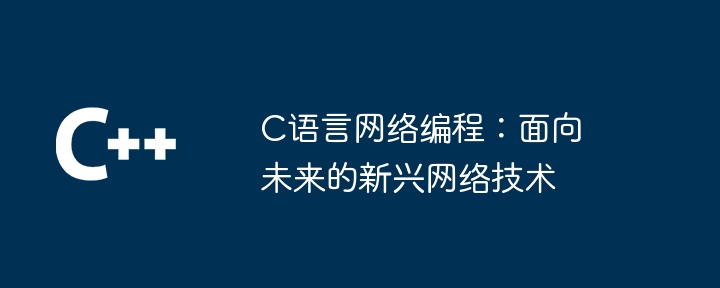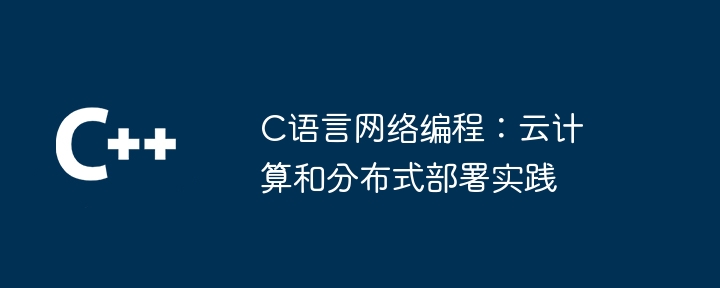c++++ 模板编程中,类型推断失败时,可通过以下方法解决:显式指定模板参数。如:func(10); // 显式指定 int 类型实战案例:程序使用 array 模板创建整型数组,并操作数组元素,展示 c++ 模板的类型安全特性。

C++ 模板编程中的疑难解答:类型推断失败
问题:
使用 C++ 模板时,在类型推断过程中可能会遇到失败,导致编译错误。例如:
template<typename T> void func(T t) { // ... } int main() { func<int>(); // 类型推断失败 }解决方法:
为了解决类型推断失败,可以使用显式模板参数化,手动指定类型参数:
template<typename T> void func(T t) { // ... } int main() { func<int>(10); // 显式指定类型参数 }实战案例:
Consider the following program that uses an Array template to create an array of any type:
template <typename T> struct Array { T* data; size_t size; Array(size_t size) : data(new T[size]), size(size) {} ~Array() { delete[] data; } T& operator[](size_t index) { return data[index]; } }; int main() { Array<int> arr(10); for (size_t i = 0; i < arr.size; ++i) { arr[i] = i * i; } for (size_t i = 0; i < arr.size; ++i) { std::cout << arr[i] << " "; } std::cout << std::endl; return 0; }This program demonstrates the type-safe behavior of C++ templates. The Array template is instantiated with the int type, creating an array of integers. The elements of the arrays can be accessed and modified using the operator[] method. The program prints the contents of the array, which are the squares of the integers from 0 to 9.
以上就是C++模板编程中的疑难解答的详细内容,更多请关注知识资源分享宝库其它相关文章!
版权声明
本站内容来源于互联网搬运,
仅限用于小范围内传播学习,请在下载后24小时内删除,
如果有侵权内容、不妥之处,请第一时间联系我们删除。敬请谅解!
E-mail:dpw1001@163.com










发表评论